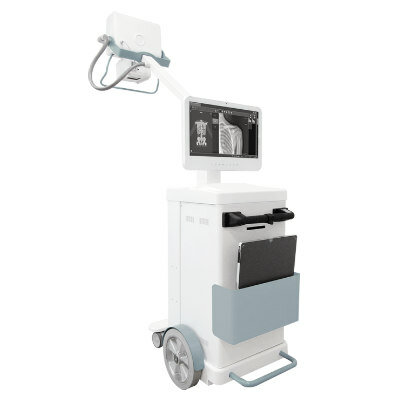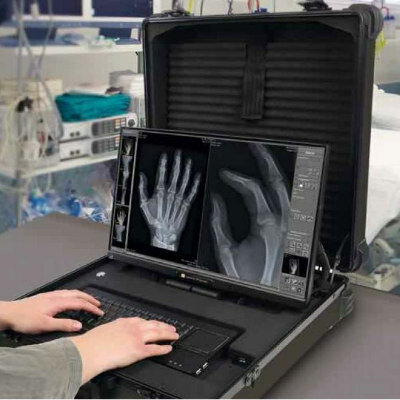3D Maps of Brain Wiring Made Possible
By MedImaging International staff writers
Posted on 24 Nov 2010
A team of researchers has developed a software tool that physicians can use to examine easily the wiring of the brains of their patients. The tool converts magnetic resonance imaging (MRI) scans using unique techniques to produce three-dimensional (3D) images. This now makes it possible to view a total blueprint of the winding infrastructures and their contacts without having to operate. Posted on 24 Nov 2010
To know precisely where the main nerve bundles in the brain are located is of immense importance for neurosurgeons, explained Bart ter Haar Romenij, a professor of biomedical image analysis, at the department of biomedical engineering at the Eindhoven University of Technology (The Netherlands). As an example, he cited "deep brain stimulation,” with which vibration seizures in patients with Parkinson's disease can be suppressed. "With this new tool, you can determine exactly where to place the stimulation electrode in the brain. The guiding map has been improved: because we now see the roads on the map, we know better where to stick the needle.”
Researcher Vesna Prckovska defended her Ph.D. thesis on this subject. The technique may also provide many new clues into neurologic and psychiatric disorders. Moreover, it is critical for brain surgeons to know in advance where the critical nerve bundles are, to avoid damaging them.
The accuracy of the tool is a great step forward, according to the researchers. Particularly intersections of nerve bundles were difficult to identify until now. Prof. Ter Haar Romenij stated, "You can now see for the first time the spaghetti-like structures and their connections.” He further noted that they are far from seeing all brain connections; there are many more smaller compounds in the brains, who are not seen by the new tool. A microscope observed them. "But you cannot, of course, dissect a live patient into slices for under a microscope.”
The tool was developed by TU/e researcher Anna Vilanova, with her Ph.D. students Vesna Prckovska, Tim Peeters, and Paulo Rodrigues. The tool is based on a recently developed technology called HARDI (high angular resolution diffusion imaging). The MRI measuring technique for HARDI was already there, the research team took care of the processing, interpretation, and interactive visualization of these very complex data, so that physicians can get to work with the technology.
Prof. ter Haar Romenij expects that the application can be ready at relatively short notice for use in the hospital within a few years. "We need to validate the package. We now need to prove that the images match reality.”
Furthermore, there is still work to do on the speed of the corresponding MRI scan. For a detailed image, a patient needs to be one hour in the scanner, which is too long. Moreover, the tool is already widely in use by other scientists, says the professor.
Related Links:
Eindhoven University of Technology














